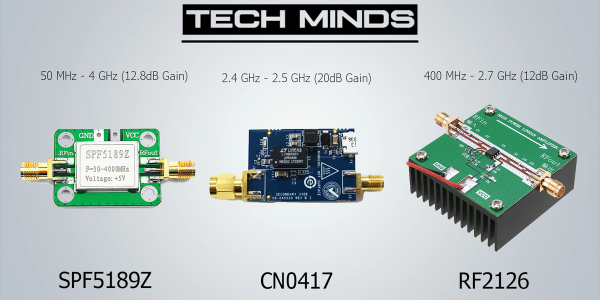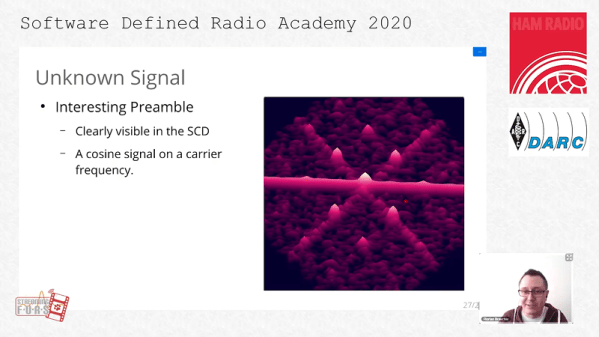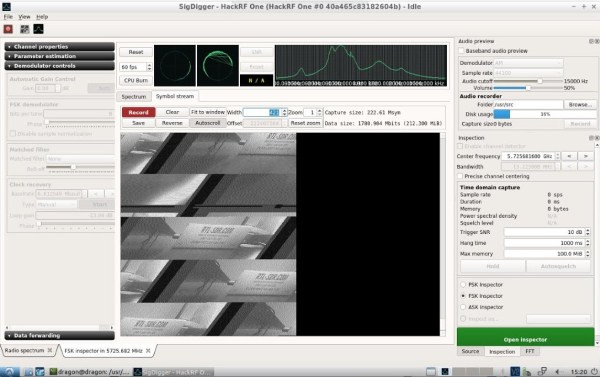With everything else going on this summer, you might be forgiven for not keeping abreast of new proposed regulatory frameworks, but if you’re interested in software-defined radio (SDR) or even reflashing your WiFi router, you should. Right now, there’s a proposal to essentially prevent you from flashing your own firmware/software to any product with a radio in it before the European Commission. This obviously matters to Europeans, but because manufacturers often build hardware to the strictest global requirements, it may impact everyone. What counts as radio equipment? Everything from WiFi routers to wearables, SDR dongles to shortwave radios.
The idea is to prevent rogue reconfigurable radios from talking over each other, and prevent consumers from bricking their routers and radios. Before SDR was the norm, and firmware was king, it was easy for regulators to test some hardware and make sure that it’s compliant, but now that anyone can re-flash firmware, how can they be sure that a radio is conformant? Prevent the user from running their own firmware, naturally. It’s pretty hard for Hackaday to get behind that approach.
The impact assessment sounds more like advertising copy for the proposed ruling than an honest assessment, but you should give it a read because it lets you know where the commission is coming from. Reassuring is that they mention open-source software development explicitly as a good to be preserved, but their “likely social impacts” include “increased security and safety” and they conclude that there are no negative environmental impacts. What do you do when the manufacturer no longer wants to support the device? I have plenty of gear that’s no longer supported by firmware updates that is both more secure and simply not in the landfill because of open-source firmware.
Similarly, “the increased capacity of the EU to autonomously secure its products is also likely to help the citizens to better protect their information-related rights” is from a bizarro world where you can trust Xiaomi’s home-automation firmware to not phone home, but can’t trust an open-source replacement.
Public comment is still open, and isn’t limited to European citizens. As mentioned above, it might affect you even if you’re not in the EU, so feel free to make your voice heard. You have until September, and you’ll be in some great company if you register your complaints. Indeed, reading through the public comments is quite heartening: Universities, researchers, and hackers alike have brought up reasons to steer clear of the proposed approach. We hope that the commission hears us.

















